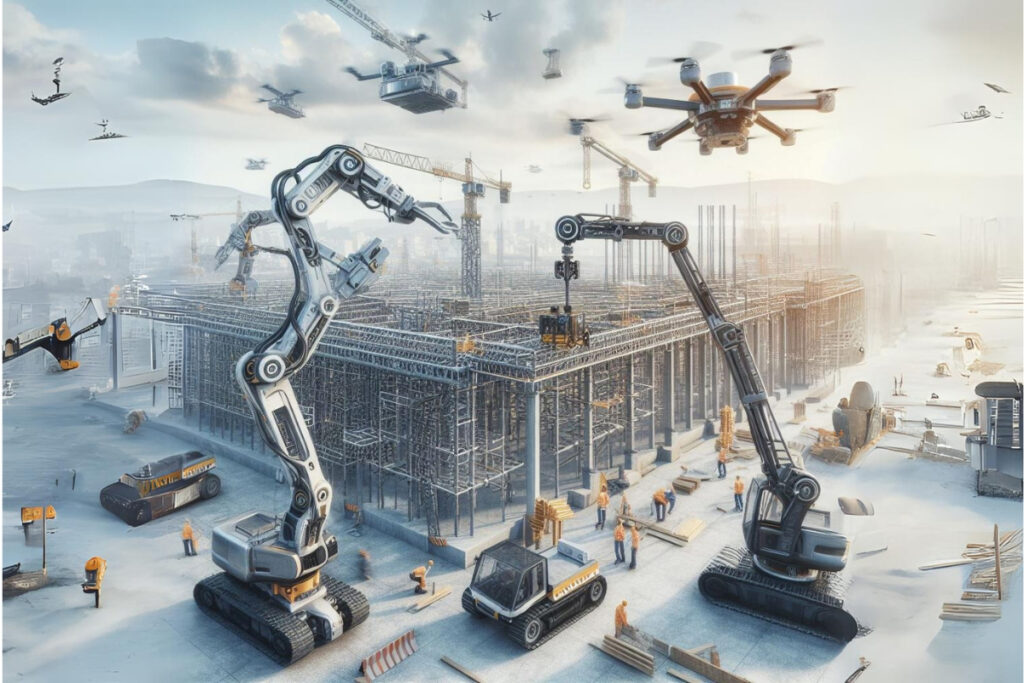- +91 8755922449
- connect2tepl@gmail.com
Building & Construction
HOME > Building & Construction

Building & Construction
Engineering plays a pivotal role in the building and construction industry, blending science, technology, and creativity to develop safe, functional, and aesthetically pleasing structures. Here’s an overview of its features and applications.
Features of Building & Construction

Structural Integrity
- Designs focus on stability, strength, and durability, ensuring safety under various conditions.
- Use of advanced materials like reinforced concrete, structural steel, and composite materials.

Sustainability
- Integration of eco-friendly practices and materials to reduce carbon footprints.
- Energy-efficient designs utilizing renewable resources like solar panels and green roofs.

Innovative Technologies
- Use of Building Information Modeling (BIM) for precise planning and visualization.
- Implementation of robotics, drones, and AI for construction efficiency and quality control.

Cost-Efficiency
- Optimization of resources through modern engineering tools and methods.
- Value engineering to achieve functionality at minimal costs.

Adaptability and Scalability
- Modular and prefabricated construction techniques for faster and scalable solutions.
- Designs tailored to diverse environments and purposes.
Applications of Building & Construction:
Residential Construction
- Designing homes, apartments, and housing complexes with an emphasis on comfort and sustainability.
- Smart home integration for modern living.
Commercial Buildings
- Developing office spaces, shopping malls, and hospitality structures with functional layouts and advanced facilities.
- Focus on user experience and energy optimization.
Infrastructure Development
- Construction of bridges, tunnels, highways, and airports, ensuring seamless connectivity.
- Emphasis on durability and resistance to environmental stressors.
Industrial Construction
- Designing factories, warehouses, and plants to meet industrial standards and specific operational needs.
- Consideration of safety and efficiency in high-risk environments.
Public Facilities
- Creation of schools, hospitals, and cultural landmarks to serve community needs.
- Ensures accessibility and functionality.
Specialized Engineering
- Seismic engineering for earthquake-resistant structures.
- Marine and offshore construction, like ports and oil rigs.

Useful Links
Copyright @ 2024 Tectivity Engineering . All Rights Reserved.
Developed By: Dizi Global Solution

